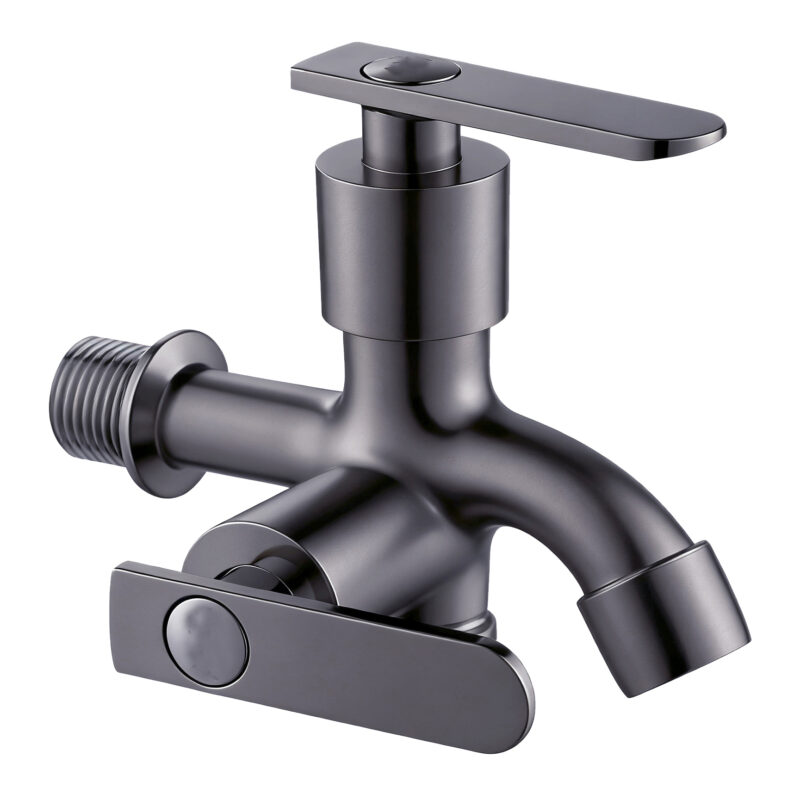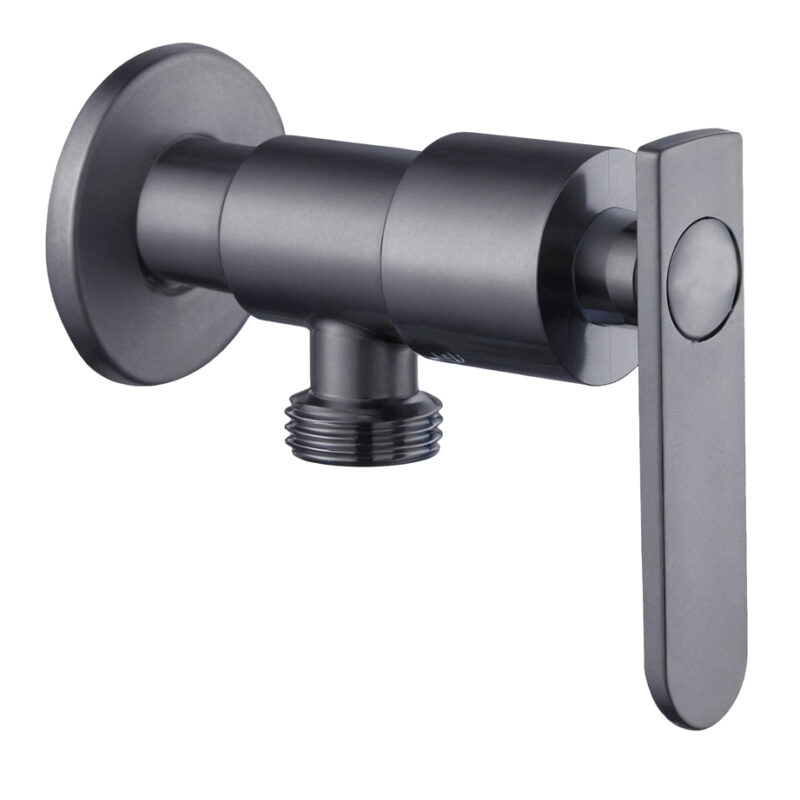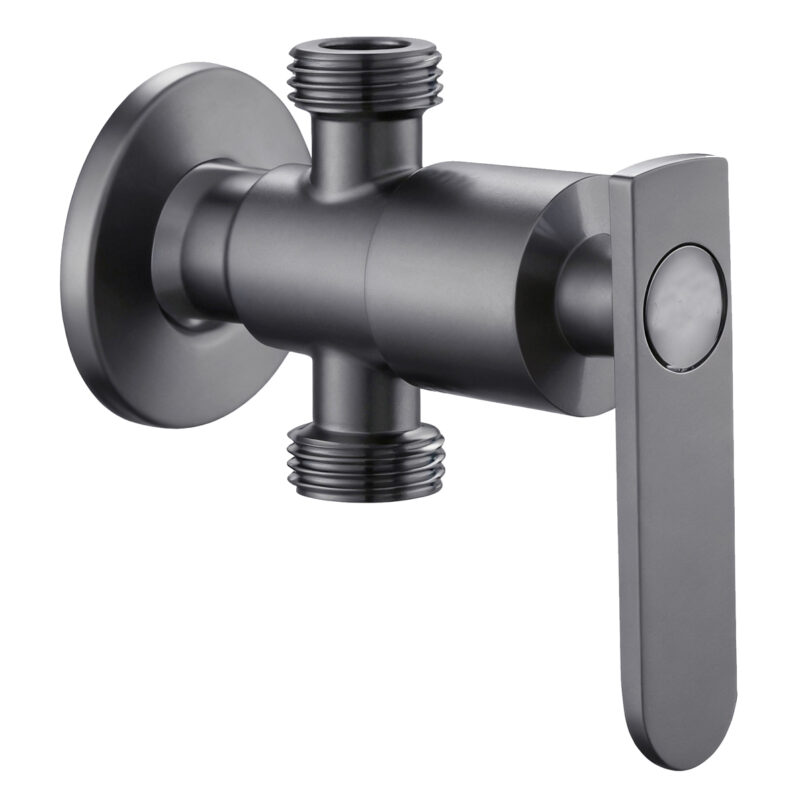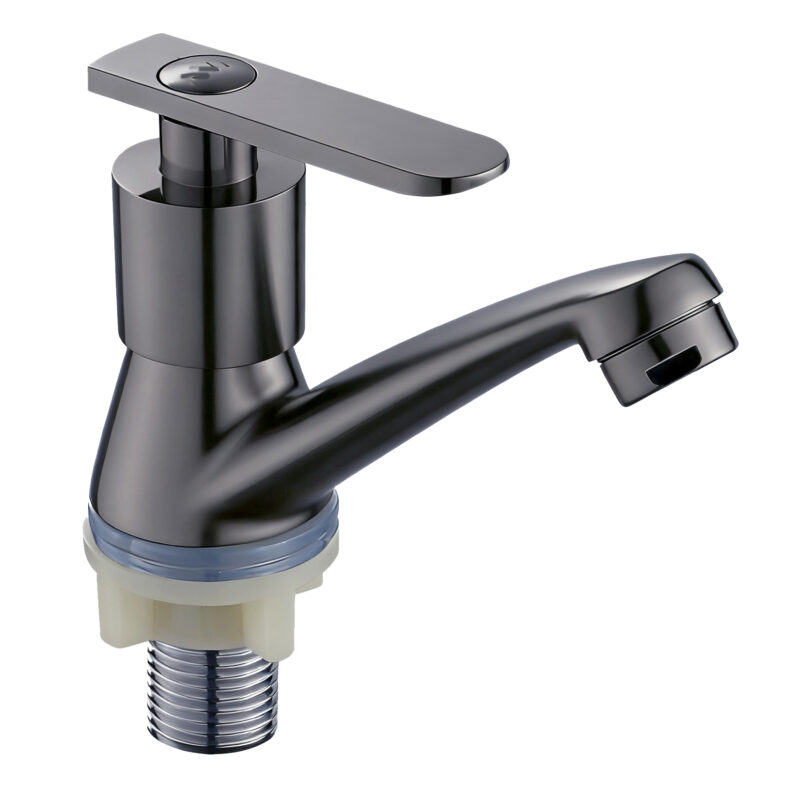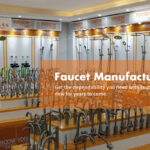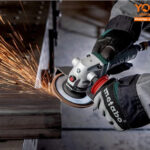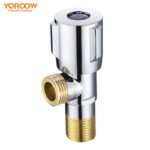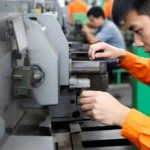A stainless steel corner valve is an essential component in modern residential and commercial water supply systems, commonly used in kitchens and bathrooms. With various options available in the market, selecting a high-quality stainless steel corner valve is crucial. This article outlines key factors to consider when choosing the right stainless steel corner valve, including material, sealing performance, compatibility, surface treatment, brand reputation, and manufacturing process.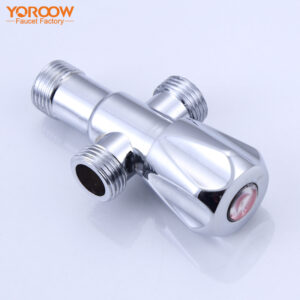
1. Material Quality
Stainless steel corner valves are mainly made from 304 or 316 stainless steel. 304 stainless steel provides excellent oxidation and corrosion resistance, making it ideal for general household use, while 316 stainless steel offers enhanced resistance to corrosion, making it suitable for coastal areas or regions with hard water. It is recommended to choose high-quality stainless steel to ensure durability and safety. Chinese faucet factories use high-standard stainless steel materials to ensure that stainless steel corner valves operate reliably in high-humidity environments.
2. Sealing Performance
The sealing capability of a stainless steel corner valve directly impacts its durability and stability in water control. High-quality stainless steel corner valves are equipped with premium sealing rings, such as silicone or rubber, to ensure long-term leak-free performance. When purchasing, check if the product has a precision-machined valve core and a secure sealing structure. Chinese faucet factories conduct rigorous sealing tests to ensure that each stainless steel corner valve remains leak-proof over time.
3. Compatibility and Ease of Installation
A stainless steel corner valve must be compatible with water pipes and related equipment, making the choice of thread size and connection type critical. Before purchasing, confirm the valve’s thread size and installation method to ensure compatibility. Some models feature quick-connect designs that simplify the installation process. Chinese faucet factories produce stainless steel corner valves using standardized manufacturing processes to ensure high compatibility with various water supply systems.
4. Surface Treatment Process
The surface finish of a stainless steel corner valve affects both aesthetics and corrosion resistance. High-quality models undergo polishing or brushed treatments to enhance rust resistance and improve the valve’s visual appeal. When selecting a valve, inspect its surface for smoothness and uniformity, avoiding rough or poorly finished products. Chinese faucet factories employ advanced polishing techniques to enhance the appearance and durability of stainless steel corner valves.
5. Brand Reputation and Manufacturing Standards
A premium stainless steel corner valve requires advanced manufacturing technology and strict quality control. Well-established manufacturers follow stringent production and inspection processes to ensure that each valve meets high-performance standards. Chinese faucet factories, with years of manufacturing expertise and rigorous quality assurance, supply high-quality stainless steel corner valves to global markets, offering various specifications and customization options.
6. Choosing Based on Application Scenarios
Different applications require specific features in a stainless steel corner valve. For instance, in bathroom environments, superior moisture resistance is crucial, while in kitchens, ease of cleaning and oil resistance is essential. When selecting a valve, consider the specific requirements of your application to maximize performance and longevity.
Conclusion
Choosing the right stainless steel corner valve requires evaluating material, sealing performance, compatibility, surface treatment, brand reputation, and application suitability. Chinese faucet factories, with their advanced manufacturing capabilities and high-quality standards, offer durable stainless steel corner valves suitable for various applications. By making an informed choice, users can ensure stable performance, extended lifespan, and enhanced reliability of their water supply systems.

